5 tips to crochet a straight edge every time
Get the perfect straight edge every time with these 5 crochet tips and tricks.
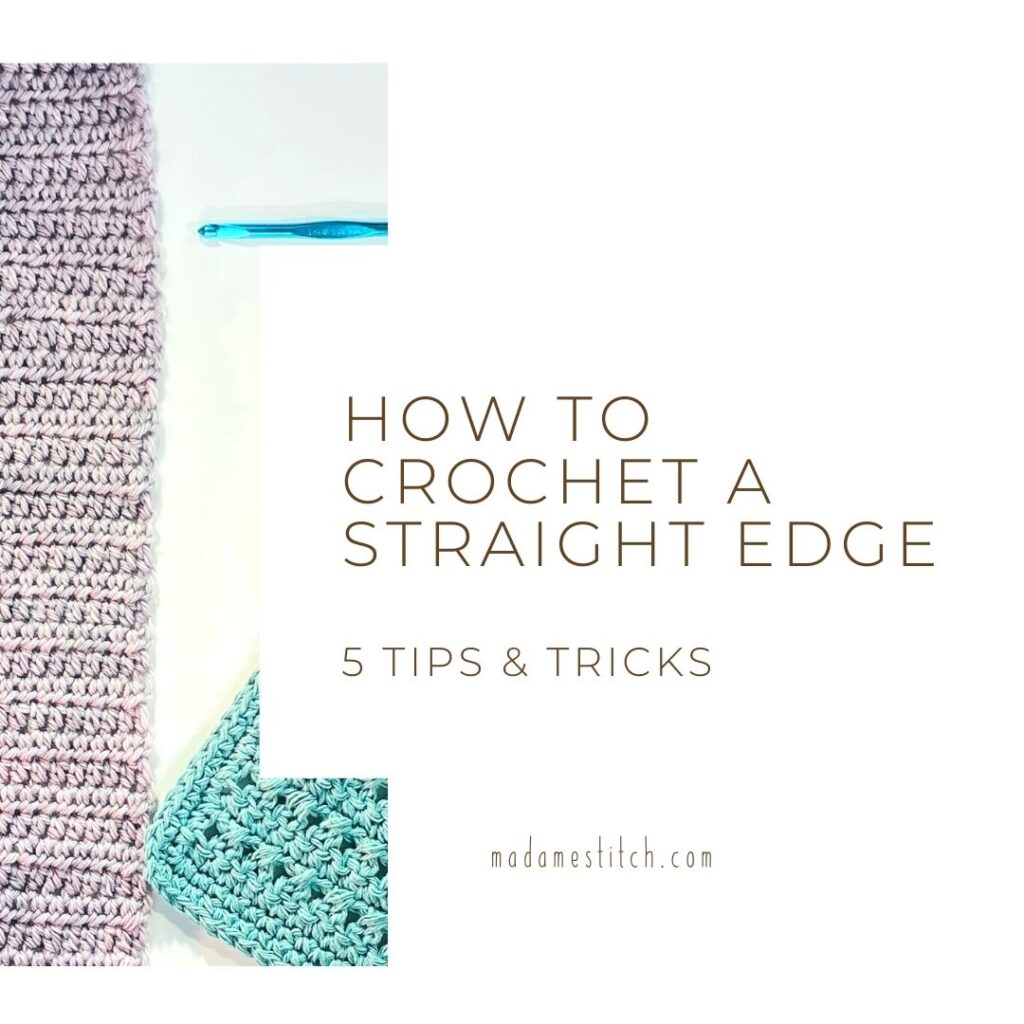
You’re happily crocheting along on your latest scarf when you look down to find that the edges of your beautiful scarf are crooked and uneven. Oh no! What’s a crocheter to do?
This is easily one of the most frustrating problems in crochet and one of the easiest to fix. In this post, I’ll walk you through 5 tips that will have you on your way to being an expert at getting a straight edge every time.
Tip #1 – Start each row in the same place
Should you work the first stitch of the row in the same stitch as the turning chain or in the next? The answer to that question can determine your success or demise in achieving a straight edge.
When writing a pattern, a crochet designer will decide where to work the first stitch for you according to what they feel works best for that particular design. She usually indicates that by saying either “dc in the same st” or “dc in the next st”.
Be sure you check to see where that first stitch is supposed to be worked for each row. When in doubt, or if the designer has not indicated where to work that first stitch, try a row. Check the stitch count. If your stitch count is correct, note where you worked the first stitch and repeat that for future rows.
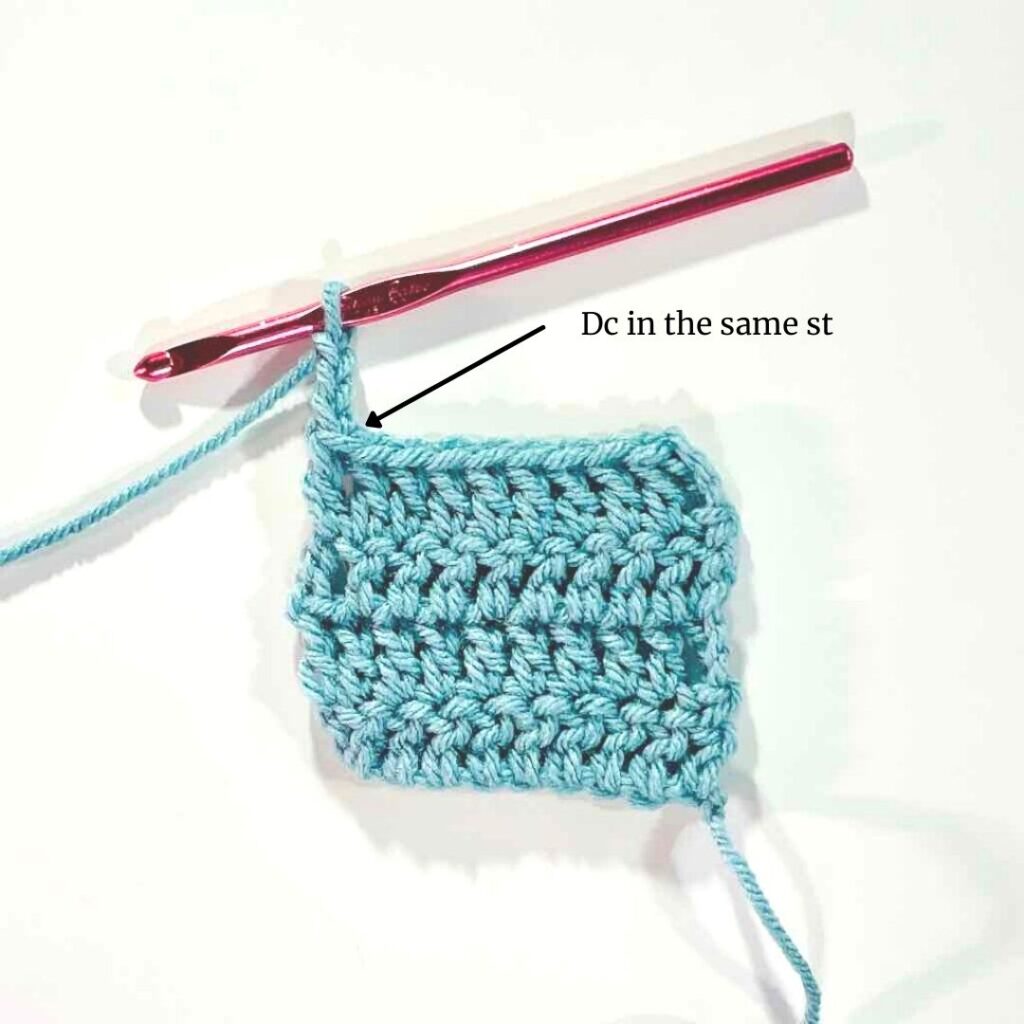
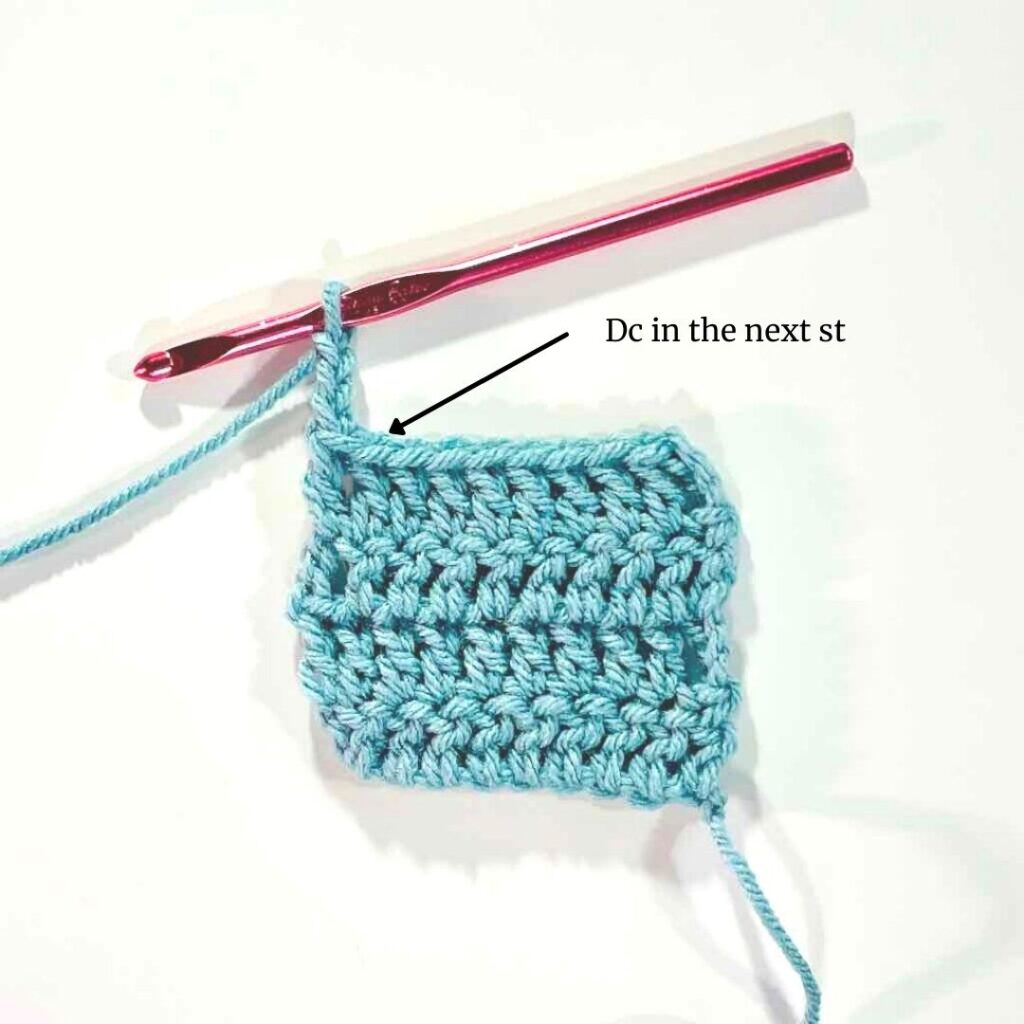
Tip #2 – End each row in the same place
Just as you needed to start each row in the same place, you also need to end each row in the same place.
For single crochet and half double crochet, the turning chain usually does not count as a stitch. That means, when you get to the end of the row, you won’t be working a stitch into the turning chain.
For double crochet stitches and taller, the turning chain DOES count as a stitch. Unless the designer tells you otherwise in the pattern, work the final stitch of the row in the turning chain of the row below.
When in doubt, check the stitch count. Are you missing a stitch? Do you have too many? If you’re sure you’ve worked the first stitch in the correct place, the stitch count will tell you where the last stitch of the row should be worked.

Tip #3 – Adjust the turning chain
This is one of the easiest and fastest ways to get a straight edge.
For most single crochet and half double crochet, the turning chain doesn’t count as a stitch. Typically, only one chain is worked at the beginning of the row. Adjust the height of this chain to match the height of the next stitch to help hide it. I’ve also seen designers eliminate the turning chain altogether when working these stitches.
For double crochet and taller stitches, the turning chain usually counts as a stitch. Again, be sure the turning chain matches the height of the following stitches in order to avoid the dreaded gap and bow-out along the edge.
There are two ways to adjust the height: change the number of chains or adjust the size of each chain in the turning chain
Let’s take double crochet for example. Traditionally, a turning chain of 3 is worked. I’ve found that a ch-3 always bows out when I make it. I’ve started working only 2 chain and the result is a straighter edge. You could also work the turning ch-3 tighter, pulling it a bit shorter.
Whatever method you choose to alter the turning chain, consistency is key. Work the turning chain the same way every row to get a perfectly straight edge.
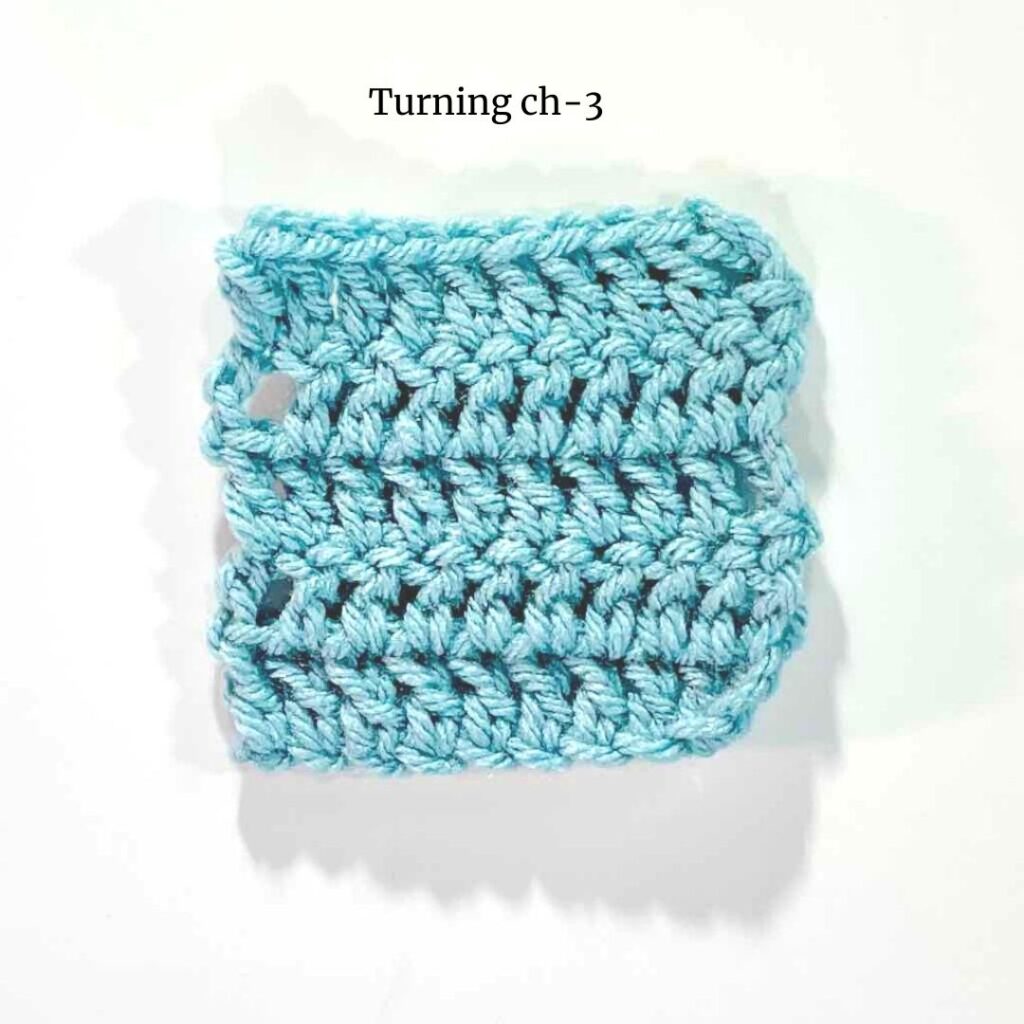
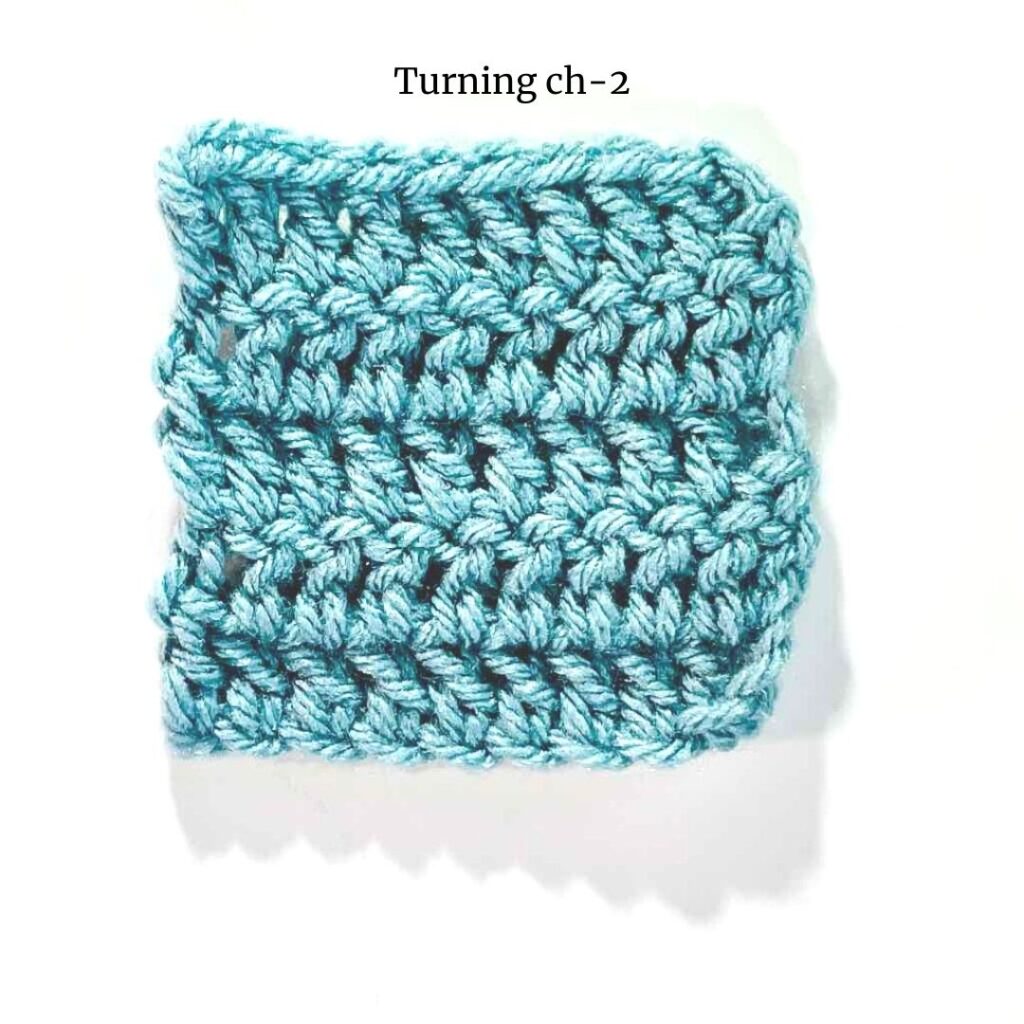
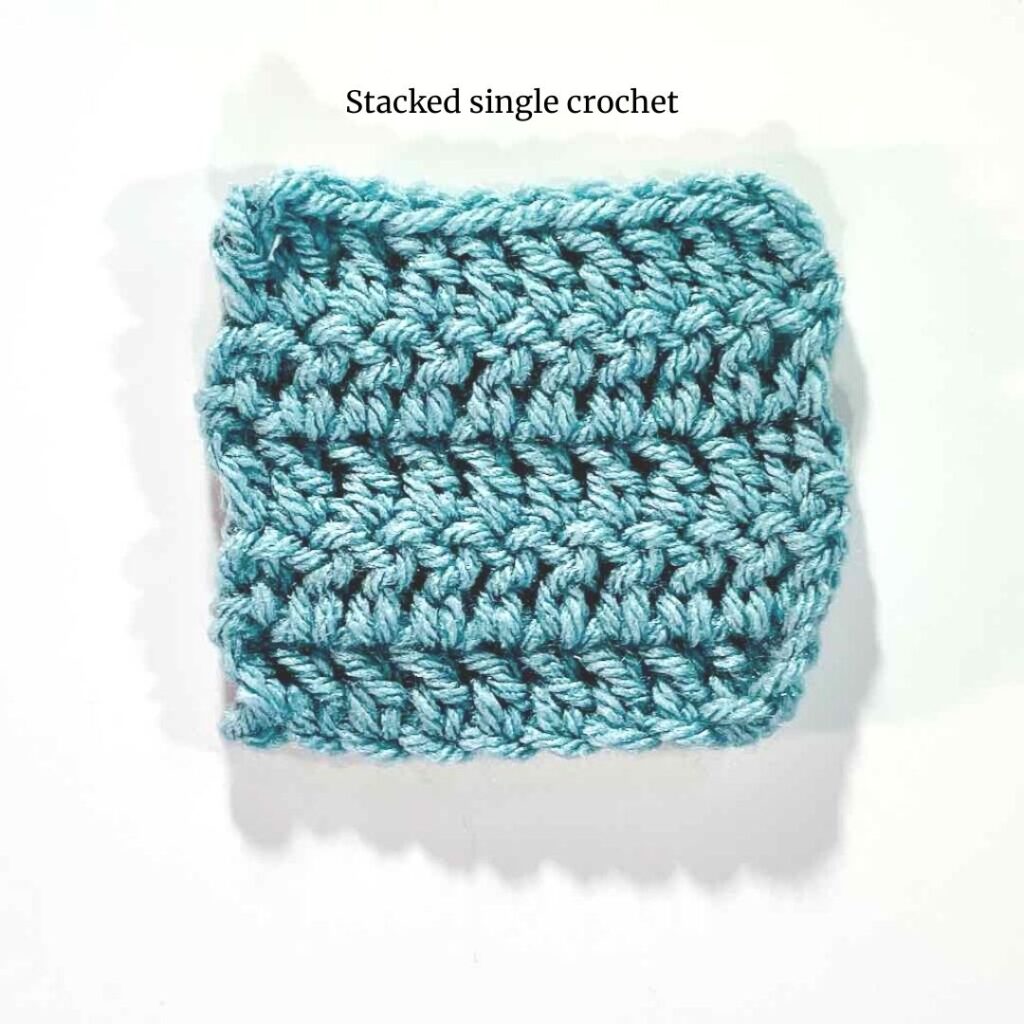
Tip #4 – Substitute a stacked single crochet for the turning chain.
This is by far my favorite way to get a straight edge when working rows of double crochet but it takes some getting used to.
The purpose of a turning chain, no matter how many chains are included, is to raise the hook to the level of the first stitch about to be made in the new row. For a double crochet, a turning ch-3 is typical.
As I mentioned before, I’ve found that a ch-3 causes the end of the row to bow out. Instead, I now use a stacked single crochet (STsc), a stitch that looks much like a double crochet.
The stacked single crochet is exactly how it sounds. Work one single crochet, then work another one right on top of it. Because it’s an actual stitch and not a chain, it stands straight up, adds no bulk to the edge of the project, and creates a clean edge every time.
I will admit it was awkward at first but now I’ve done it so much I don’t even consider making a turning chain!
Tip #5 – Count, count, then count some more!
I know. Nobody wants to stop and count. It’s just a waste of time, isn’t it?
Well, no, it really isn’t. What if you miss a stitch or add a stitch somewhere? Frogging wastes more time than stopping to count. Believe me, I know!
I’ve heard complaints from so many crocheters that their projects start as one size and end up getting smaller or larger as the project grows.
My recommendation – as long as the stitch count doesn’t change every row – is to pause every few rows and count the stitches to ensure that you’re maintaining an even stitch count. It really doesn’t take that much time. Plus, it gives you the peace of mind that you won’t need to frog later!
Bonus tip: Practice!
That’s right – the dreaded practice! I’m sorry to say that sometimes it just takes practice over time to get a consistently straight edge.
When your stitches are evenly and consistently made with the same amount of tension every time, the chances that your edge will be straight get better. You still need to do all the things I’ve talked about here. But, practice will always help you improve.
Want more practice getting a straight edge?
Try my Double Crochet Scarf! It’s a free pattern on the blog.

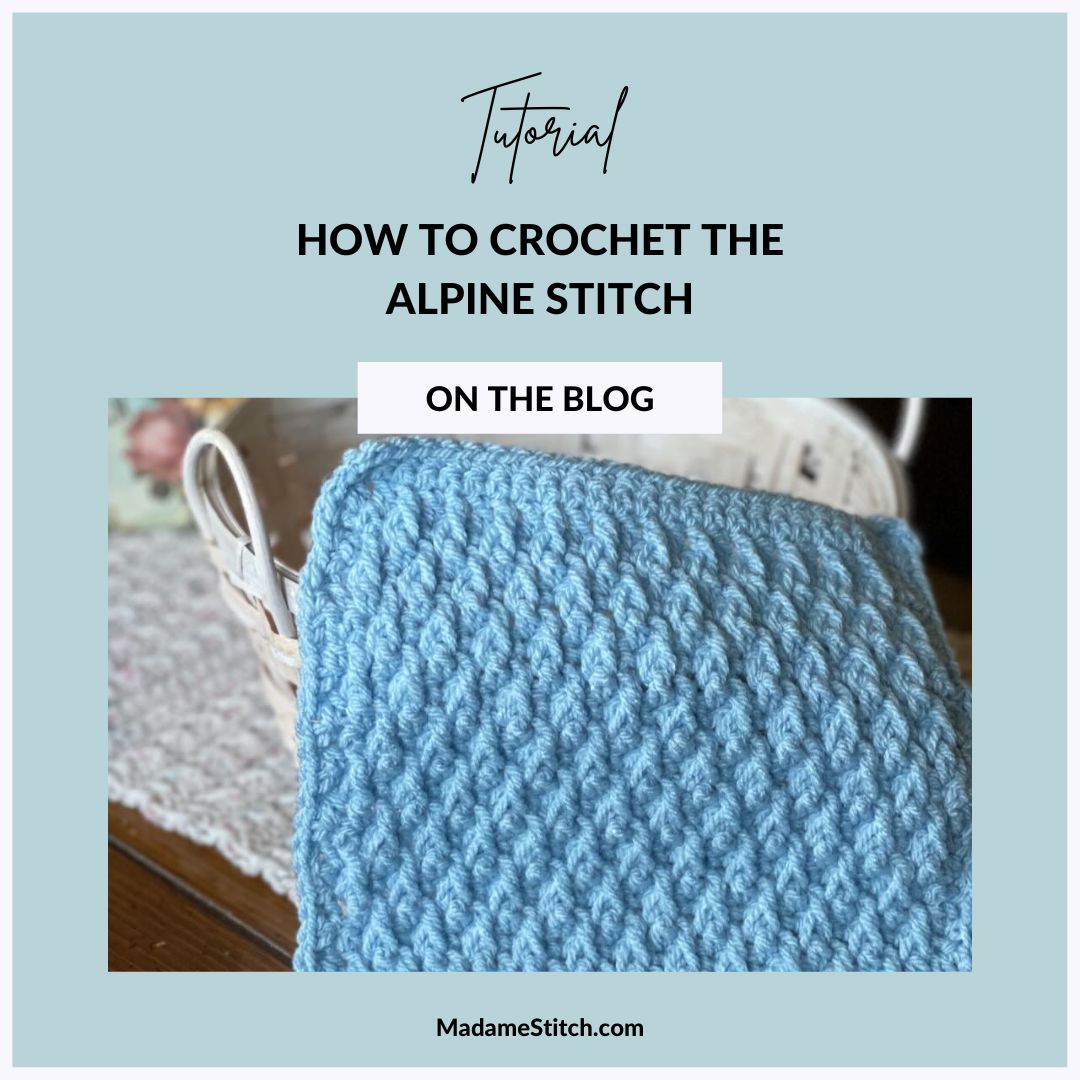

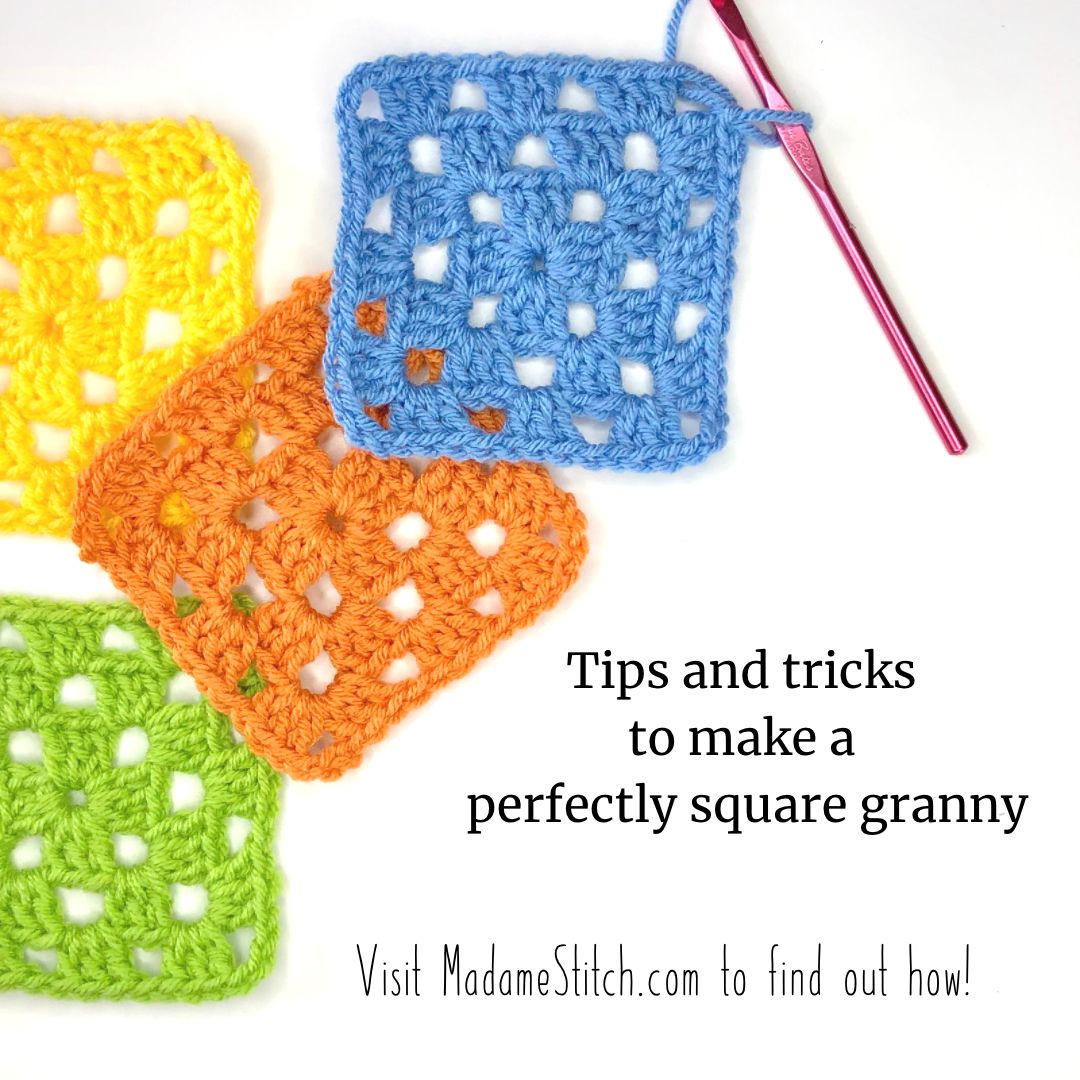
Have to say, I have used the stacked single crochet and it works but someone on Knitting Paradise (chatboards for knitting, crocheting, looming, spinning, quilting, etc.) said to me ‘why use a turning chain, at all? If you need to make a sc, just do it! Same with hdc, dc, … just make the necessary stitch in the very first stitch.’ So I did … and my edges are straight, have more ‘body’, no more loopy chains at the end (my dc’s are too short for 3 ch and too long for 2ch. I would need to stretch the chain of 2 to a height of 2.5 ch.
So no chains at all … and it works just as well … actually better!
After 40 years of crocheting, it NEVER occurred to me to do that.
That’s awesome! I had seen that option when I did research but I didn’t include it. Thanks for sharing this tip!
-Debbie